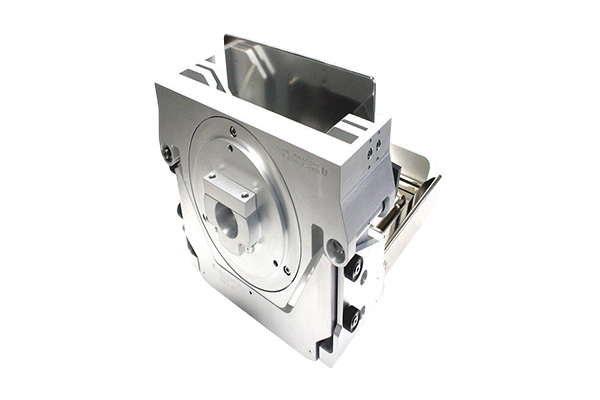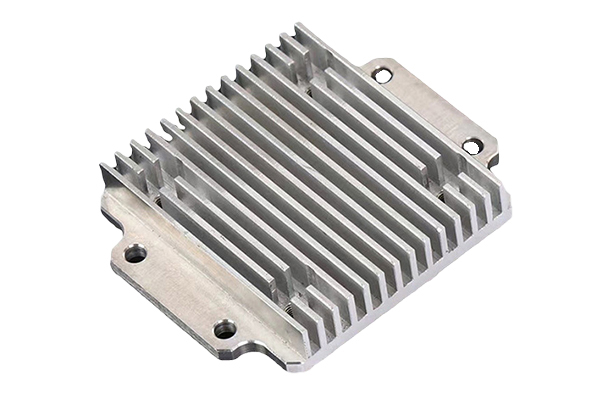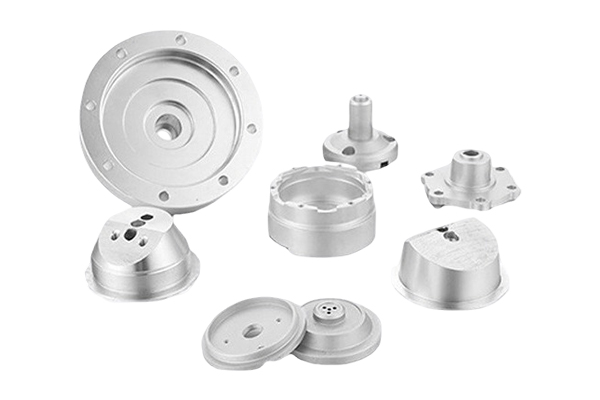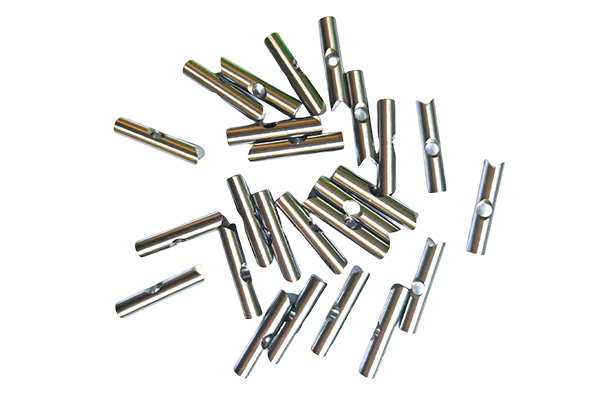Can CNC machining, with its high precision, ensure that the dimensional errors of complex parts are controlled within a very small range?
Release Time : 2025-07-31
The high precision of CNC machining enables it to maintain extremely tight dimensional tolerances when processing complex parts. This is due to its unique technical principles and process design. Unlike traditional machining, which relies on manual intervention and instability, CNC machining is driven by digital programs, ensuring that each cutting action follows a precise, pre-set path. This fundamentally reduces errors caused by human error and provides a reliable guarantee for the precision machining of complex parts.
The servo system of CNC equipment plays a key role in machining complex parts. It precisely responds to control commands, ensuring that the tool or workpiece moves at the set speed and trajectory, maintaining stable feed accuracy even on complex structures with multiple curved surfaces and angles. This precise motion control avoids dimensional deviations caused by tool vibration or deflection during high-speed cutting, ensuring that every detail is machined to exact design specifications and maintaining extremely tight tolerances across all parts of complex parts.
CNC machining programming systems provide technical support for controlling dimensional deviations. The machining path for complex parts can be simulated in 3D using computer programming, enabling potential dimensional deviations to be identified and optimized before actual machining begins. This ability to predict and correct errors in advance makes the machining process more controllable, avoiding the potential accumulation of errors caused by traditional "trial cutting" methods. It ensures that dimensional errors are consistently within preset limits from the first to the final step of the machining process.
Tool selection and management are also crucial aspects of CNC machining error control. CNC machining uses specialized high-precision tools for different machining areas of complex parts. These tools undergo special treatment for excellent wear resistance and rigidity, making them less susceptible to deformation or wear during long-term cutting. Furthermore, tool replacement and compensation are automatically performed by the system, promptly correcting for minor errors caused by tool wear and maintaining consistent machining accuracy for complex parts.
The structural rigidity of CNC equipment provides the foundation for high-precision machining. Key components such as the machine bed and spindle are constructed of high-strength materials to withstand cutting forces and vibrations during machining, preventing machining errors caused by deformation of the equipment itself. This stable structure ensures that the relative position between the tool and the workpiece remains precisely aligned. Even when machining parts with uneven wall thicknesses and complex shapes, dimensional accuracy is maintained at all locations, minimizing errors caused by equipment vibration.
The impact of temperature on machining accuracy is effectively controlled in CNC machining. The equipment's built-in temperature compensation system monitors temperature changes in the machining environment and the equipment itself in real time, automatically adjusting according to preset parameters. If temperature fluctuations cause the part or equipment to expand or contract, the system promptly corrects the tool's trajectory to offset dimensional deviations caused by temperature, ensuring consistent precision when machining complex parts in different environments.
In addition, CNC machining's online detection capabilities further minimize dimensional errors. During the machining of complex parts, the equipment uses probes and other detection devices to measure the dimensions of the machined area in real time and compare them with the design parameters. If even minor deviations are detected, the system immediately adjusts the subsequent machining process to dynamically compensate and prevent further errors. This real-time monitoring and correction capability continuously optimizes the machining accuracy of complex parts, ultimately ensuring that dimensional errors in the finished product are kept to extremely low levels, meeting the requirements of high-precision assembly.







